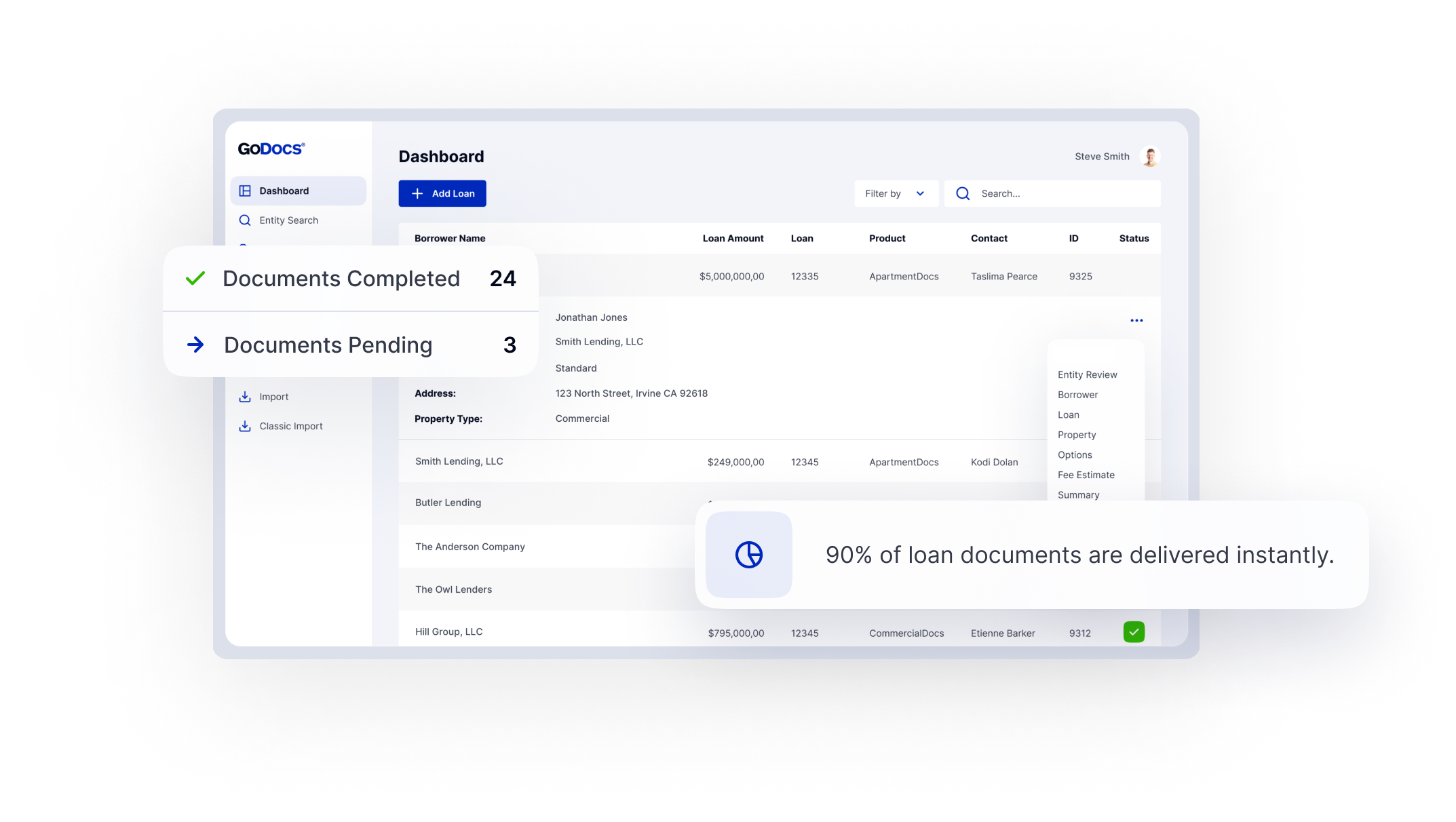Borrowers Are Demanding It
We recently started partnering with a commercial lender looking to grow its portfolio of mezz loans. They anticipate that these loans may be secured in a number of ways, including:
- A pledge of the equity ownership interests in the borrowing entity (or its single asset entity owner of the borrower);
- A junior lien on the real property collateral; or,
- A combination of both security interests. In addition, a mezz lender often requires cash management tools (i.e., soft or hard lockboxes) to protect its position as being subordinated to the payment rights and enforcement remedies of the senior lender.
The commercial lender is focusing on mezz loans because of the demand they are hearing in the market from borrowers and investors who are feeling the crunch as banks tighten their underwriting requirements and make loans with more conservative loan-to-value ratio requirements.
View the Guide Instantly
Click through to instantly view the Commercial Lender’s Guide: Shifting Focus in Today’s Market
Bridging the Gap
Providing subordinate financing to bridge the “capital gap” for investors, mezzanine lending has proven an essential part of CRE structured finance transactions (both for construction and re-positioning loans) in recent years, delivering the additional loan funds needed in a tighter, more restrictive market for conventional loans.
In addition to bridging a financial gap, there are many other reasons lenders will want to focus on mezz lending in the months to come. Mezz lending can help borrowers reduce the equity contribution for a single project, achieve better leverage ratios, and enjoy more flexible repayment options in many scenarios, making them potentially lucrative products for lenders. With conventional mini-perm/perm lenders making more conservative loans, many borrowers need to seek out mezz financing to act as an additional capital bridge until they can re-finance at a future date under more favorable conditions.
In addition to bridging a financial gap in an investor’s capital stack, lenders have a number of additional reasons for shifting focus to providing mezz lending in the current uncertain economic environment which is likely to continue for at least another 12-24 months. Mezz lending can help borrowers reduce the equity contribution needed for a single project, achieve better leverage ratios, and enjoy more flexible repayment options in many scenarios, all at favorable interest rates for lenders, all of which make such loans potentially lucrative products for lenders. With conventional construction, bridge and mini-perm lenders making more conservative loans, many borrowers need mezz financing to act as an additional capital bridge until they can re-finance their overall debt for a project at a future date under more favorable conditions.
Mezz Lending and the Loan Portfolio Stress Test
In today’s tight credit climate, mezz lenders can be a resource for both borrowers and for senior bank lenders as the latter work to meet their stress test requirements. This is accomplished by providing the additional capital needed when banks lower their LTV ratio requirements to adjust the overall strength of their loan portfolios.
Many mezz lenders establish relationships with brokers and bankers as resources that can step in to make new projects financeable during periods when banks are struggling to satisfy their stress tests. Mezz lenders fill a gap for borrowers, investors, and lenders. If properly structured, mezz loans can provide secondary support for senior debt, particularly with respect to construction loans, large CRE portfolio loans and other loan types.
Mezz Loans for Construction
Mezz lending also has increasing importance with respect to current construction loan debt structuring.
Construction lenders are making more conservative loans, thus requiring borrowers to come up with greater equity contributions. For borrowers without sufficient independent capital, mezz financing provides a necessary part of the capital stack for many new construction projects. Mezz loans provide much-needed funds that senior lenders can treat as “equity” which permits an investor to avoid bringing in new co-investors with ownership controls in order to pursue new construction projects.
Borrowers and senior lenders often prefer adding subordinate debt to meet the capital gap as opposed to involving new investors that want certain control and management rights which are not required as part of mezz financing. Mezz debt is fully subordinated to the senior debt, meaning the mezz lender is paid only after the senior lender is paid in full and senior only to the borrower receiving its return on its capital investment.
With the subordinated nature of mezz debt, mezz lenders are able to receive a higher interest rate because of the increased risk being assumed by the mezz lender. The lender is permitted to secure their debt with a pledge of the equity ownership interests in the borrower entities.

Lending Momentum Is Back but the Smart Money Is Moving Differently
After two years of cautious optimism, commercial real estate (CRE) lending is officially back on

Myth 5: Even With a Better Solution, Retraining and Rebuilding Our Processes Makes Switching Seem Out of Reach
Think generating commercial loan docs can’t be fast, flexible, or easy? We hear these myths

Myth 4: Switching to a new loan document solution will be just as frustrating as the last time.
Legacy loan closing systems have created misconceptions about what’s possible in commercial loan documentation. In




